"Alternative monthly hygiene" is the term usually used to describe economically or ecologically more favorable monthly hygiene products. In plain English: products that either save the wallet or the environment. These can be sanitary towels, menstrual cups, sponges or period underwear such as period briefs. In our article you will find out why alternative monthly hygiene could be a good idea - and whether it is an option for you.
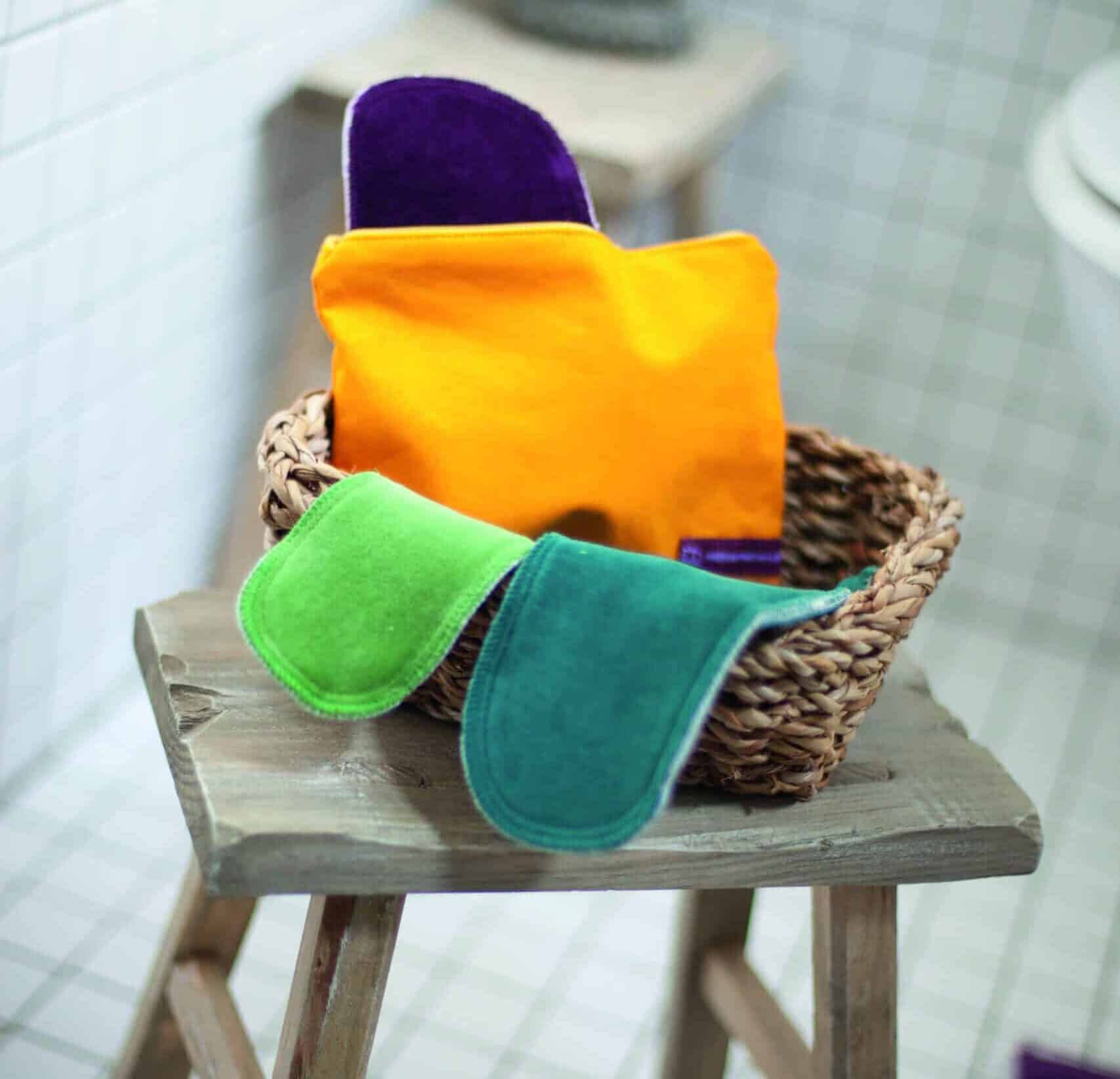

Most of us are already used to conventional period products: pads and tampons. Some women choose one of these or sometimes use both products, depending on the time of day and period strength. However, both products have one thing in common: they are single-use products. As a result, every menstruating woman produces a lot of garbage over the course of her life.
In recent years, however, companies have developed some innovations and created modern, discreet, environmentally friendly and inspiring zero waste alternatives. Because these are often made not only of more sustainable materials, but are also mostly reusable, which in the long term is good for both the environment and the wallet. Today there are already several environmentally friendly alternatives, such as reusable cloth pads, period underwear, menstrual cups, sustainable organic tampons and many others, which are both safer for the body and the environment. Before we talk about these options, let's talk about the reasons why switching to these alternatives can have benefits not only for the environment, but also for your health and wallet.
Nowadays it is more important than ever to think about the impact of our menstrual period on the environment. It's 2021, the topic of climate change is as relevant as ever, and sustainable period products offer everyone the opportunity to achieve big sustainable effects through small changes by starting to use sustainable monthly hygiene.
This is because, on average, a woman will experience around 450 menstrual cycles in her life. That's 450 weeks in which a part of the world's population uses a monthly hygiene product. This means a lot of waste, because on average a menstruating woman uses from 11,000 to 16,000 disposable sanitary towels, panty liners and / or tampons in her life. If we multiply these numbers by all of the people on this planet who menstruate, we will obtain a significant amount of waste as a result. The majority of which ends up in the landfill, as 90% of sanitary products are made of plastic and are therefore non-biodegradable.
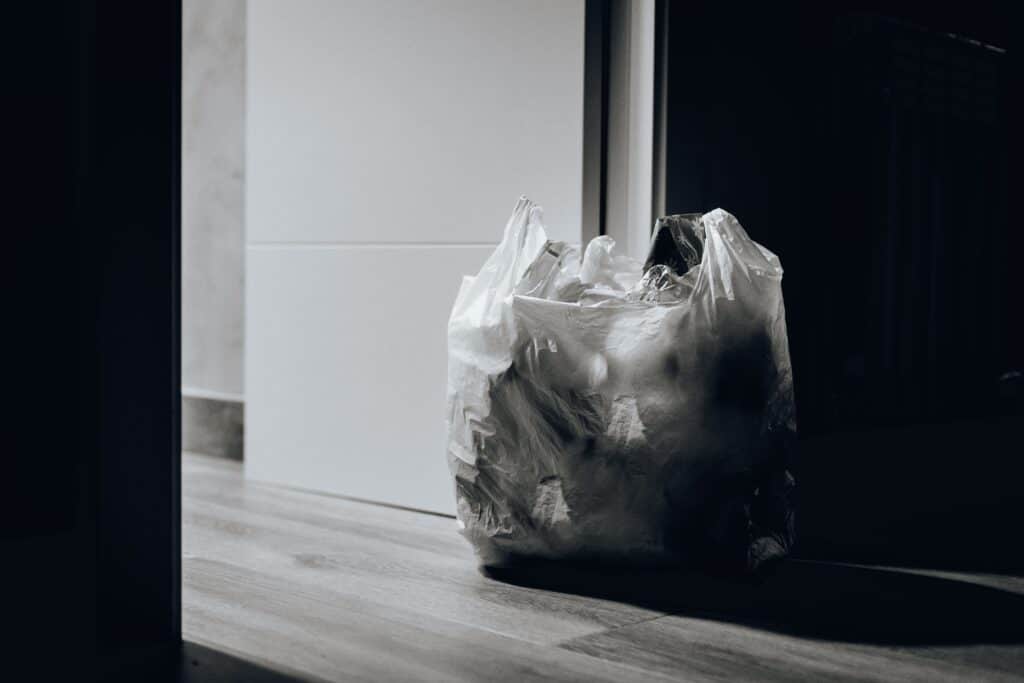
But while the actual products themselves make up a large part of the problem, we should also consider the life cycle of a conventional and environmentally harmful tampon or disposable pad, for example. This is because the manufacturing process for these products is both resource-wasteful and chemical-intensive.
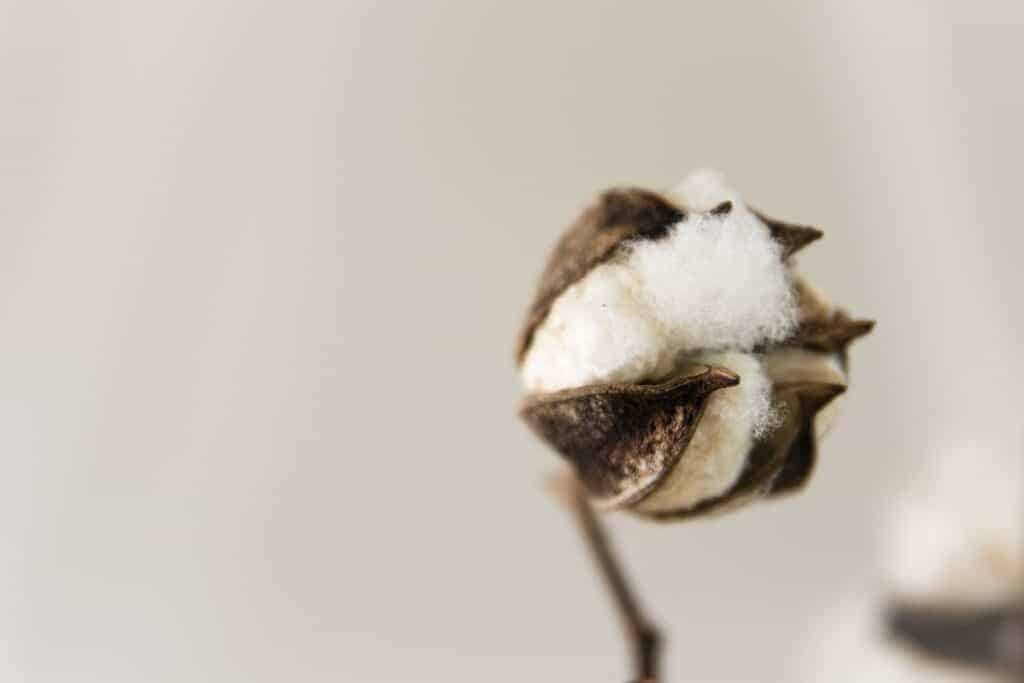
In the case of tampons, there is first and foremost the extraction of raw materials, which includes the production of cotton. This is a very water-intensive process because cotton is considered to be one of the "thirstiest plants in the world". A cotton plant needs six liters of water to grow only a small bud. In addition, most conventional product manufacturers do not use organic cotton, but rather cotton full of pesticides and insecticides. In conventional tampons, plastic materials have been often also processed, so that they are not biodegradable and take up to 500 years to decompose.
Secondly, most of the sanitary napkins contain polyethylene plastic (the glue that keeps the sanitary napkin attached to your pants), which is a pollutant and harmful substance. Most tampons contain chemicals like dioxin, chlorine and viscose. While these products are lying in waste disposal sites, these chemicals are then absorbed by the earth and released as pollutants into the groundwater and the air.
There is no doubt that nobody likes to let the substances mentioned above getting closer or even penetrate into the body. Not only because of health reasons, but also for the environment, it is clearly worthwhile to consider switching to a more environmentally friendly period product. Because one thing is for sure: switching to an environmentally friendly menstrual product means that you're not helping to overfill the garbage dumps with menstrual products; because in the USA alone 12 billion of sanitary napkins and 7 million of tampons pollute the garbage dumps every year.
The fundamental question of whether typical tampons and sanitary towels are harmful to the environment can therefore be answered with a resounding "yes".
You maybe think that something as small as switching to sustainable reusable products couldn't make a big difference. But if more and more people switch to sustainable products, enormous amounts of waste can be avoided and every menstruating woman can simply make a contribution to keeping the planet sustainable for generations.
Tampons, sanitary napkins and panty liners, together with their boxes and individual packaging, generate more than 200,000 tons of waste per year, and they all contain plastic - in fact, about 90% of the sanitary napkins is made of plastic! The average user throws away astonishing 125 to 150 kg of tampons, sanitary towels and applicators during her life. The plastic waste then ends up in a landfill or, in the worse case, in the oceans, rivers and beaches. In 2010, for example, a beach cleanup action in Great Britain found an average of 23 sanitary napkins and 9 tampon applicators per kilometer of British coastline.
The time a tampon or sanitary napkin need to decompose in a landfill is centuries longer than the lifespan of their user - especially when they are wrapped in plastic. Therefore an annual consumption of single-use products for the menstruation leaves a CO2 footprint of 5.3 kg CO2 equivalents.

Not only the environment, but also health is happy about a change.
Every woman with a menstrual cycle has heard about Toxic Shock Syndrome (TSS). A lot of information about this dangerous condition is normally included in every packaging of a tampon box, as conventional tampons represent the highest risk of TSS. Because tampons not only absorb the menstrual blood, but also the natural moisture of the vagina and thus dry it out. This is the reason why it becomes difficult or sometimes even painful to remove a tampon, especially at the end of the menstrual cycle.
In addition, there is growing concern among scientists about synthetic chemicals contained in conventional period products. As already mentioned, sanitary towels and tampons are made from bleached cotton and / or rayon and, like many other personal care products, probably contain so-called "endocrine disruptors": chemicals that can disrupt the natural endocrine system. Although experts and scientists have asked the industry on several occasions to increase research and transparency into the health effects of tampons, there is still a lot of work to do. However, studies have shown that sustainable menstrual products were not rated as less healthy. In fact they are healthier because they do not contain synthetic fibers. The selection of sustainable alternatives is large, so that there is something for everyone. The most common sustainable period products are presented here below.
And since all good things come in threes, there is another good reason to switch. Because switching to environmentally friendly products can also relieve the bank account considerably. A menstrual cup, for example, is much cheaper in the long term compared to disposable pads and tampons. While a mooncup costs between 15 and 30 euros and can be used for around ten years, the costs for tampons and pads for the same period can add up to four-digit amounts.

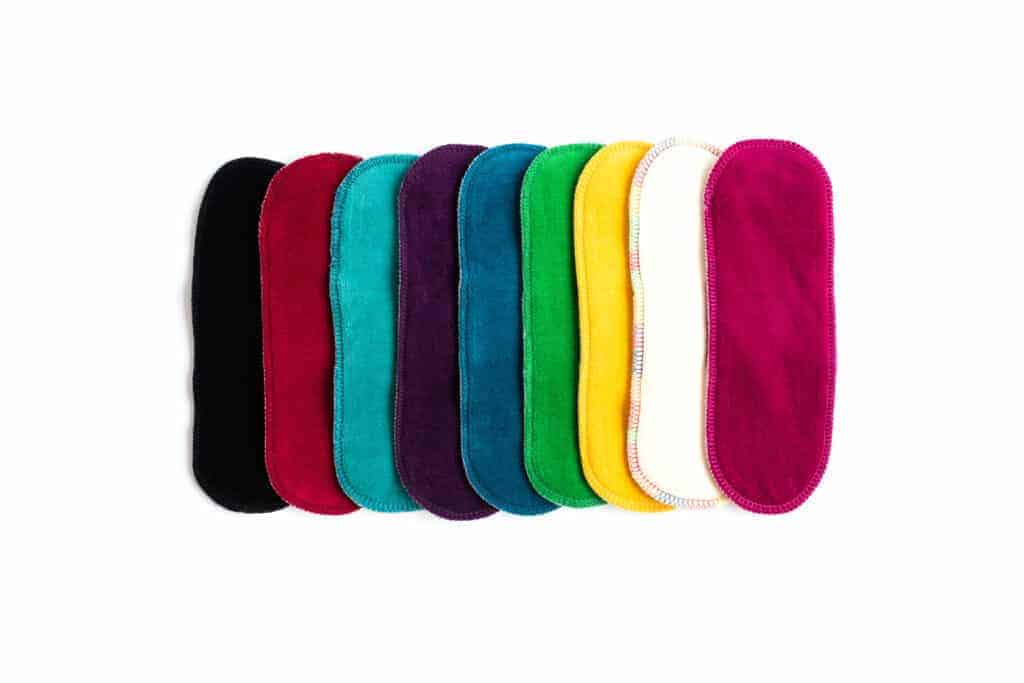
When talking about reusable washable sanitary napkins, many people might think of bulky cloth sanitary towels - but those are a thing of the past. There are reusable pads that are thin and flexible and also more absorbent than the standard disposable pads. You can simply wash them in the washing machine after use and a sustainable cloth pad can therefore be used on average for at least three to five years. This will replace potentially hundreds of environmentally harmful pads and tampons.
Cloth pads are soft and absorbent - and therefore much more comfortable than disposable pads. Gone are the days when plastic pads rubbed your thighs. Sanitary towels are free from irritating materials, so you can avoid unnecessary contact with synthetic ingredients.
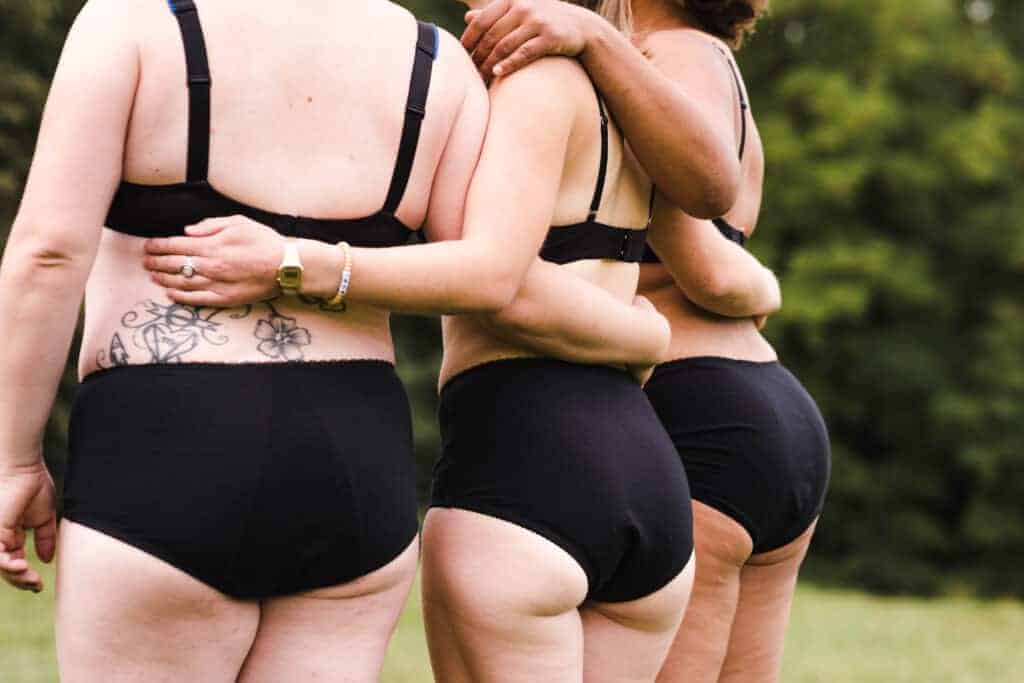
Another option is underwear made specifically for your period. Special substances absorb the blood from your cycle. A woman with increased blood flow can use period panties to replace her menstrual cup. And they can be very handy overnight. Women with lighter cycles can just use period panties.
It is important that you feel comfortable with your period panties. There are different fits. The products of different manufacturers also differ considerably.
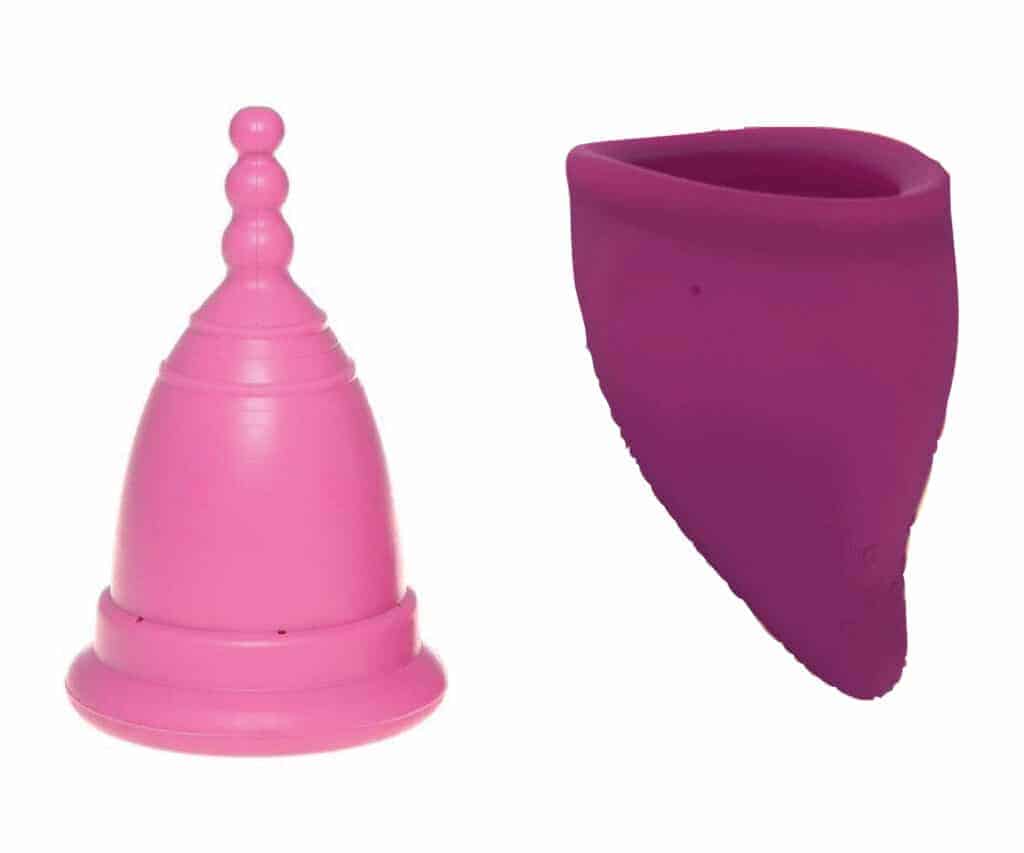
To put it simply, menstrual cups are small containers, usually made of silicone or natural rubber latex, that are inserted into the vagina to collect the blood. Depending on the period strength, the cup is then simply emptied into the toilet every 6-12 hours and inserted again. In terms of zero waste monthly hygiene, menstrual cups are the absolute hit. Instead of throwing something away every time, the cup is simply emptied, rinsed out and reinserted and has minimal impact on the environment compared to tampons and sanitary towels. A reusable menstrual cup can avoid packaging and material waste of more than 2400 pads or tampons per user thanks to its long lifespan. Calculated over ten years, every single person who switches to a menstrual cup saves a truckload of waste.
Unlike a tampon, they don't affect the vagina's natural moisture, so they can be worn for up to 12 hours without the risk of TSS.
The most common manufacturing material, silicone, is also a pretty green ingredient. The material is made from silicon dioxide, a type of sand, and slowly returns to its original state when it decomposes; the second most common mineral in the earth's crust and one that is not harmful to the environment.
Another advantage of a menstrual cup is that it is a one-time purchase that can then be used for several years and, unlike disposable products, can save a lot of money over time.
The cups can be worn while sleeping, swimming, exercising or any other activity that requires a wide range of motion.
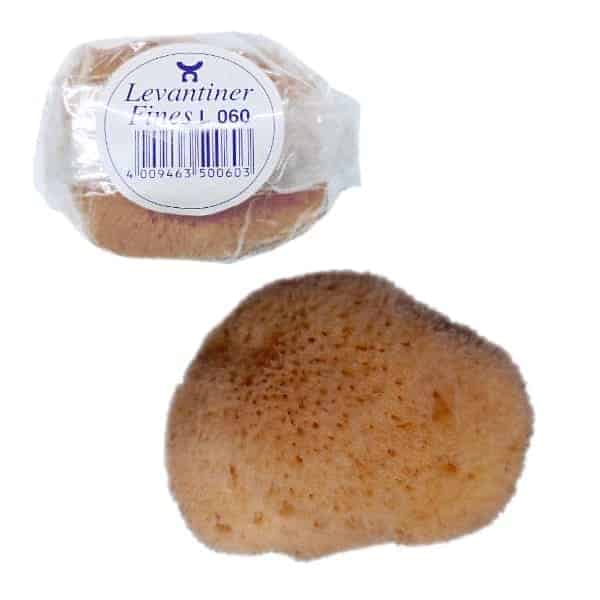
The menstrual sponge is mostly a natural product. It is inserted into the vagina. The absorption capacity is mostly similar to that of a tampon. The big advantage: it neither dries out the vagina, nor it damages the mucous membranes during insertion.
By the way, you don't have to worry that you won't get the sponge out. For example, you can simply tie a thread around the sponge or pull it through - similar to a tampon.
The exact handling is slightly different depending on the product. There are also a number of tips that can make life with menstrual sponges even easier: for example, you can put the sponge in vinegar water before inserting it to neutralize the pH value. This is also a good idea to avoid the development of bacteria.
It is important that most natural sponges must not be boiled - otherwise they will become hard and shrink. Ideally, you should then let the sponge dry in the open air - because this is usually the fastest place to dry and the least bacteria are formed.

Reusing a product that you've gotten really bloody may not seem all too tempting at first. Um, isn't that unhygienic?
Well no. As long as you care for your menstrual cup, reusable tampon, or period underwear as indicated in their care instruction, it will be just as hygienic as the tampon you tossed in the trash. Most menstrual cups require regular disinfection with soap and boiling water, while menstrual underwear and reusable pads are rinsed out and then washed through the wash cycle.
Ultimately, you have to decide for yourself which product suits you best. You should consider your needs, but of course also your lifestyle. Anyone who is currently using sanitary towels is certainly in good hands with cloth pads. This also applies if you are more "classic" and don't know what to do with menstrual cups or sponges.
It is a good idea to pay attention to the ingredients. It is a good sign when products and ingredients are certified according to organic regulations, for example. Certainly the price is also decisive - but remember: good alternative monthly hygiene is certainly a bit more expensive than classic sanitary towels and pads - but you only buy the products once and you can use them for many years.
You can find many Questions & Answers in our Frequently Asked Questions (FAQ).
Unsure about the right size? See our size chart!
Click one of the items below to get started.